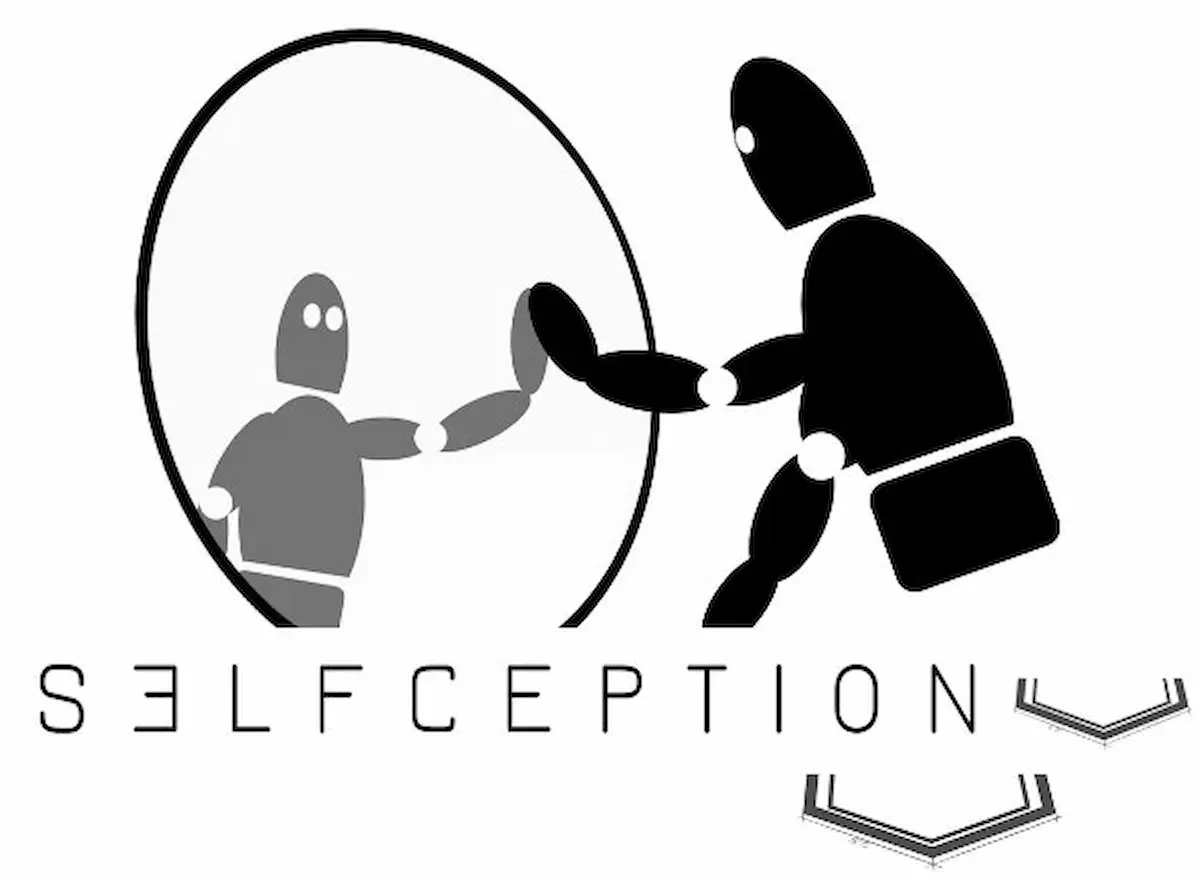Self-perception in robotics with AI
Perception in robotics can be trickier than we think. Just think for a moment how complex the human perception is: How do we know that it is us when we look at the mirror, even if we see us from a different perspective? How can we recognize a person even if time passes and he/she gets older?
Our brain is amazingly capable of making sense to this uncertainty that is part of the world, after processing the information received by our senses. and automatically makes sense of it, enabling us to act coherently based on these impressions.
Humans’ perception could be an inspiration to improve the way robots interact with the world, which perception skills are still far from ours, and way more rigid. And that’s what researcher in robotics and AI, Dr. Pablo Lanillos, is working on: to give this flexible perception humans have to robots, through the MSCA Selfception project hosted at the Technical University of Munich.
Lanillos made some cool experiments to enable TIAGo robot recognize itself in the mirror thanks to Artificial Intelligence!
Using TIAGo robot in the Selfception research
During his stay at PAL Robotics, we asked Lanillos how it was to work with TIAGo robot: “I was able to implement everything in TIAGo in less than one month. You have a robot that is ready for research, and this actually shortens the research time. Imagine that I had to build a robot, the robot’s control framework and everything related to its interface, all by myself. I would have spent two years!”, he answered.
One of the things the robotics researcher highlighted of our ROS-based mobile manipulator was its robustness: “Roboticists will understand me on this: every time I turn the robot on, it works. The reliability of the robot is super important, because I can perform the experiments and repeat them, and nothing changes.”
Discover Project OpenDR and AI in healthcare for TIAGo robot.
TIAGo robot using AI to recognize itself in the mirror
The experiment conducted by Lanillos used mathematical models in body perception to help the TIAGo robot determine that what it perceives in the mirror is itself. “Of course, you cannot ask the robot to identify itself as a human does. Instead of that, what we have is a probabilistic model that actually learns how the body behaves in the mirror and, according to that, it decides whether it is itself or not,” details the MSCA researcher.
Lanillos’ model tries to use the world’s uncertainty in order to enable TIAGo to perceive its body, and know where its body is acting just as we do: “How can we move the arm and know that it’s ourselves in front of the mirror? It is a different perspective, we don’t have the same model. Here we don’t have inverse kinematics or anything like that, we have to learn it. That’s why the mirror experiment is important: because it is a reflection of yourself – of the robot’s body – and we cannot use the usual procedures used in robotics.”
Thank you, Dr. Lanillos, for presenting your interesting research to our team! You can follow closely his project’s progress through the Selfception webpage.
Remember! TIAGo robot is open source: you can use its simulation online by easily following the steps on its ROS Tutorials, and get started today with your idea!
Check out our blog on robots to learn more and don’t hesitate to get in touch with us!
